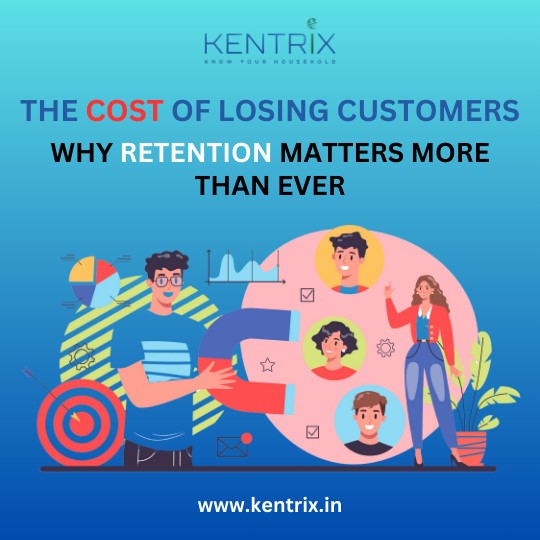In today’s hyper-competitive and economically uncertain market, customer retention is no longer just a strategic choice—it is a business imperative. Acquiring new customers is important, but keeping your existing customers loyal and satisfied is far more cost-effective and beneficial in the long run. This article explores the true cost of losing customers, the critical role of customer retention, and how businesses can leverage tools like Kentrix’s Karma to maximize loyalty and profitability.
Understanding the Cost of Losing Customers
Losing customers can have a ripple effect on a business’s finances, reputation, and growth. Understanding the full scope of this cost is the first step toward appreciating the importance of customer retention.
1. Financial Losses
The most immediate impact of losing a customer is the revenue loss. Research shows that acquiring a new customer costs five to seven times more than retaining an existing one. Additionally, repeat customers tend to spend more over time, making them invaluable to long-term profitability.
2. Reputation Damage
When a customer leaves due to dissatisfaction, they are likely to share their negative experiences. In today’s digital age, negative reviews and social media posts can tarnish a brand’s reputation, deterring potential customers from engaging with your business.
3. Reduced Competitive Edge
Customer attrition means losing a share of the market to competitors. Businesses that fail to prioritize retention risk falling behind competitors who invest in creating a loyal customer base.
4. Opportunity Costs
Losing customers also means losing potential referrals and upsell opportunities. Loyal customers are often brand advocates who help drive organic growth through word-of-mouth recommendations.
The Importance of Customer Retention
Customer retention goes beyond simply keeping customers; it’s about fostering loyalty and creating meaningful, long-term relationships. Here’s why it matters:
1. Higher Lifetime Value (LTV)
Retained customers contribute significantly to a company’s bottom line through repeat purchases, subscriptions, and cross-sell opportunities. They tend to have a higher lifetime value compared to new customers.
2. Cost Efficiency
Retaining customers is more cost-effective than acquiring new ones. The marketing and sales expenses associated with onboarding a new customer far exceed the investment required to nurture existing relationships.
3. Predictable Revenue Streams
A loyal customer base provides stability and predictability in revenue. This is especially crucial in uncertain economic times when businesses face fluctuating market demands.
4. Competitive Advantage
A strong focus on customer retention helps businesses stand out in a crowded marketplace. Loyal customers are less likely to be swayed by competitors and are more forgiving of minor setbacks.
Strategies to Improve Customer Retention
Improving customer retention requires a multifaceted approach that combines personalized service, effective communication, and cutting-edge technology. Here are actionable strategies:
1. Understand Your Customers
Invest in understanding your customers’ preferences, behaviors, and pain points. Use customer feedback, surveys, and data analytics to gain insights into what drives satisfaction and loyalty.
2. Deliver Exceptional Customer Experiences
A seamless and enjoyable customer experience is crucial for retention. Focus on:
- Responsive Support: Provide timely and effective support through multiple channels.
- Personalization: Tailor products, services, and communication to meet individual needs.
- Consistent Quality: Ensure that your offerings consistently meet or exceed customer expectations.
3. Reward Loyalty
Incentivize repeat business through loyalty programs, discounts, and exclusive offers. Recognizing and rewarding loyal customers fosters a sense of appreciation and strengthens relationships.
4. Proactive Engagement
Stay connected with your customers through regular updates, newsletters, and personalized messages. Proactive engagement shows that you value their business and are committed to meeting their needs.
5. Leverage Technology
Technology plays a pivotal role in enhancing customer retention. Advanced tools and platforms can help monitor customer interactions, predict churn, and deliver personalized experiences.
Introducing Karma: Kentrix’s Ultimate Customer Retention Tool
Karma, developed by Kentrix, is a cutting-edge solution designed to help businesses retain customers, foster loyalty, and drive long-term growth. Its advanced features make it an indispensable tool for businesses looking to optimize their customer retention strategies.
Key Features of Karma
1. Customer Journey Mapping:
Gain a comprehensive view of the customer journey to identify pain points and opportunities for improvement.
2. Predictive Churn Analysis:
Leverage AI-powered analytics to predict which customers are at risk of leaving and take proactive measures to retain them.
3. Personalization Engine:
Deliver tailored recommendations, offers, and communication based on customer preferences and behaviors.
4. Real-Time Insights:
Access up-to-date data on customer interactions, satisfaction levels, and engagement metrics.
5. Automated Engagement:
Automate personalized email campaigns, notifications, and loyalty program management to enhance customer relationships.
6. Integration Capabilities:
Karma seamlessly integrates with CRM, ERP, and other business systems, ensuring a unified approach to customer retention.
Benefits of Using Karma
1. Improved Retention Rates:
By identifying and addressing churn risks, Karma helps businesses retain more customers and improve their bottom line.
2. Enhanced Customer Loyalty:
Personalized experiences and proactive engagement foster stronger relationships.
3. Data-Driven Decisions:
Actionable insights empower businesses to make informed decisions and refine their retention strategies.
4. Scalable Solutions:
Karma is designed to support businesses of all sizes, from startups to large enterprises.
5. Cost Savings:
Automating retention efforts reduces operational costs while maximizing efficiency.
How Businesses Can Use Karma
1. Identify At-Risk Customers:
Use predictive analytics to pinpoint customers who may leave and implement targeted retention strategies.
2. Optimize Customer Interactions:
Leverage real-time insights to improve communication and address customer needs promptly.
3. Reward Loyalty:
Design and manage loyalty programs that incentivize repeat business and strengthen customer relationships.
4. Enhance Personalization:
Utilize the personalization engine to deliver customized offers, recommendations, and experiences.
Also Read : How Understanding Consumer Behavior Drives Business Success
Conclusion
The cost of losing customers is too high to ignore. In an era where customer loyalty drives business success, investing in retention strategies is essential. By focusing on understanding customer needs, delivering exceptional experiences, and leveraging advanced tools like Kentrix’s Karma, businesses can minimize churn and maximize long-term value.
Customer retention is not just about maintaining revenue; it’s about building lasting relationships that withstand economic uncertainties and foster growth. Equip your business with the right tools and strategies to prioritize retention and secure a competitive edge in today’s dynamic marketplace.



